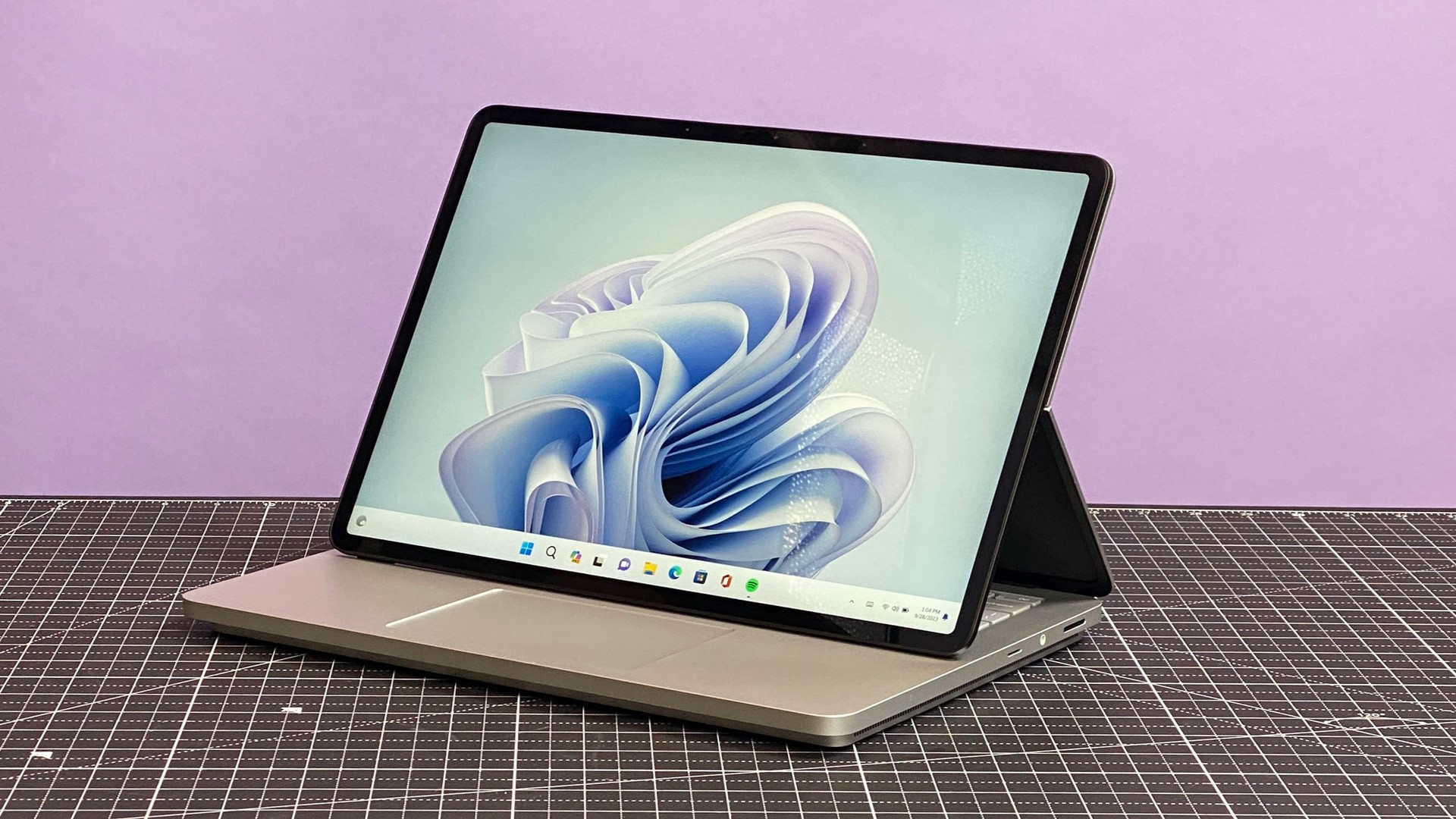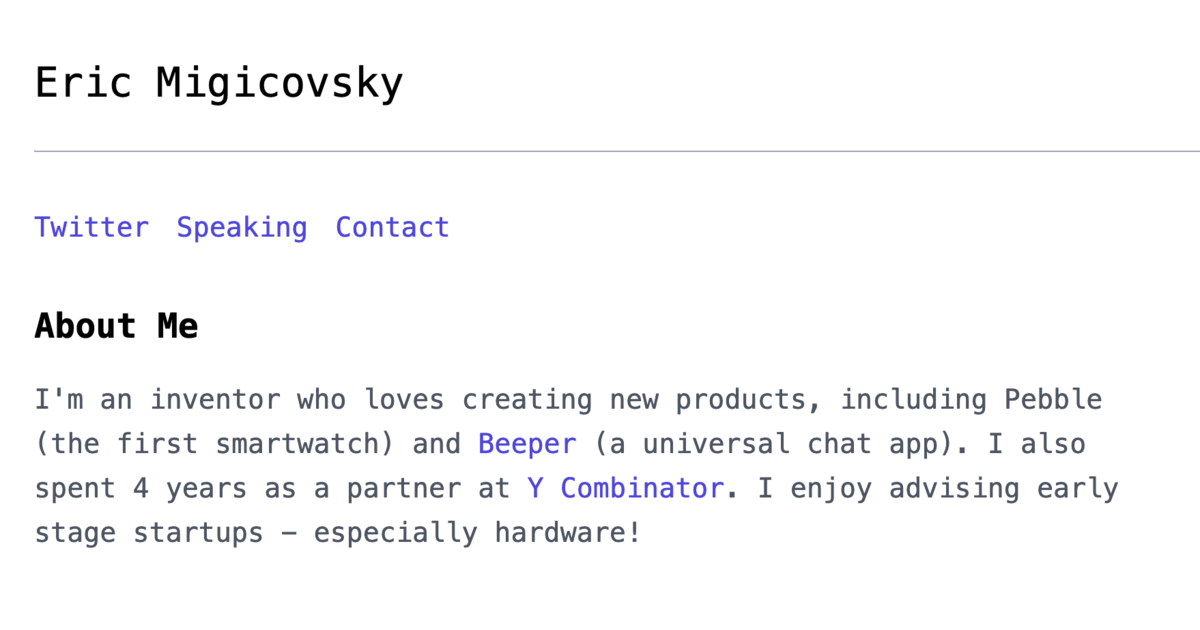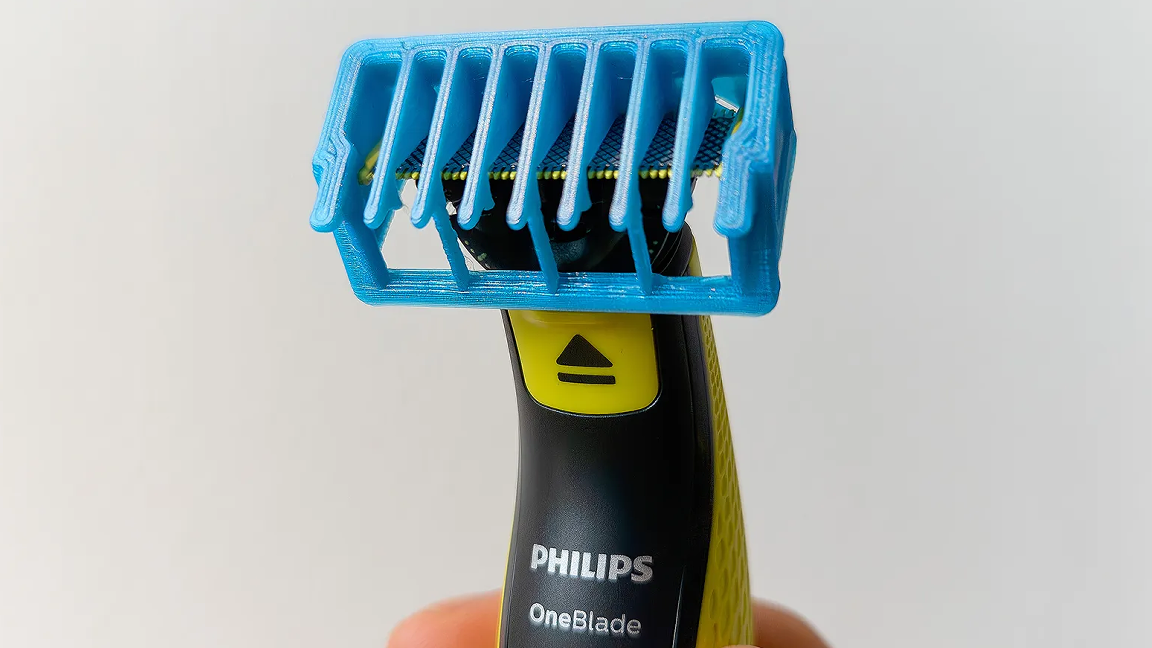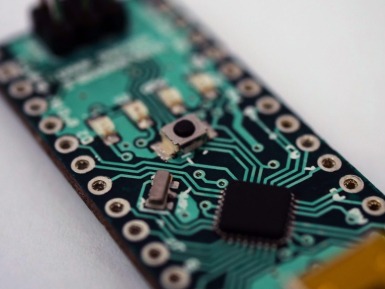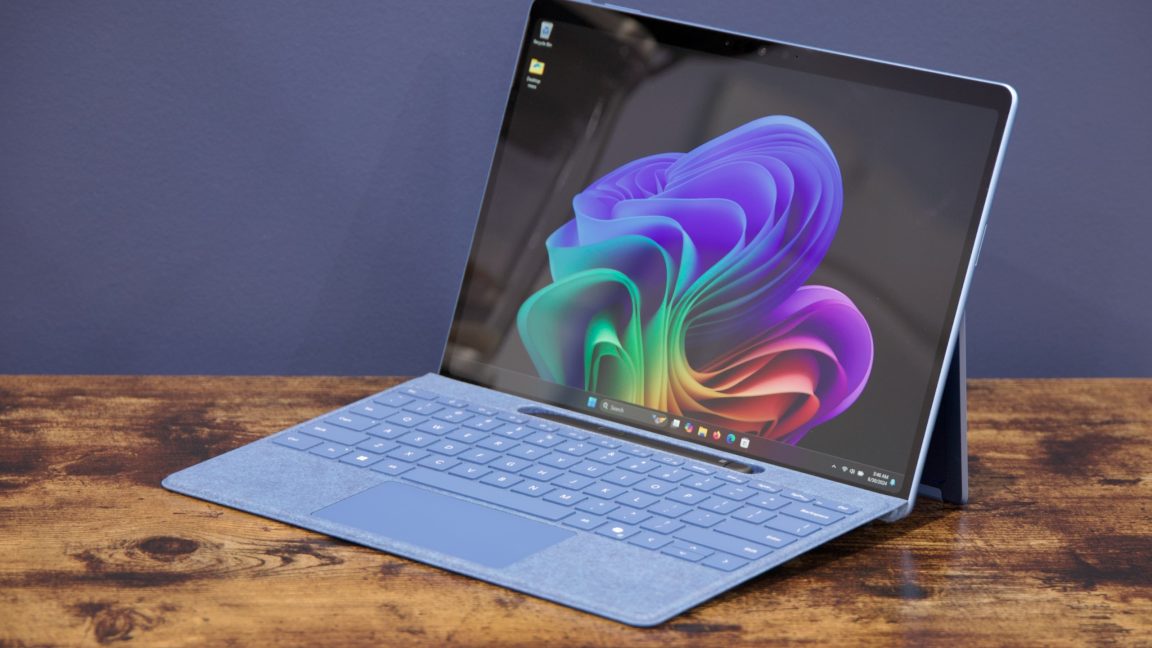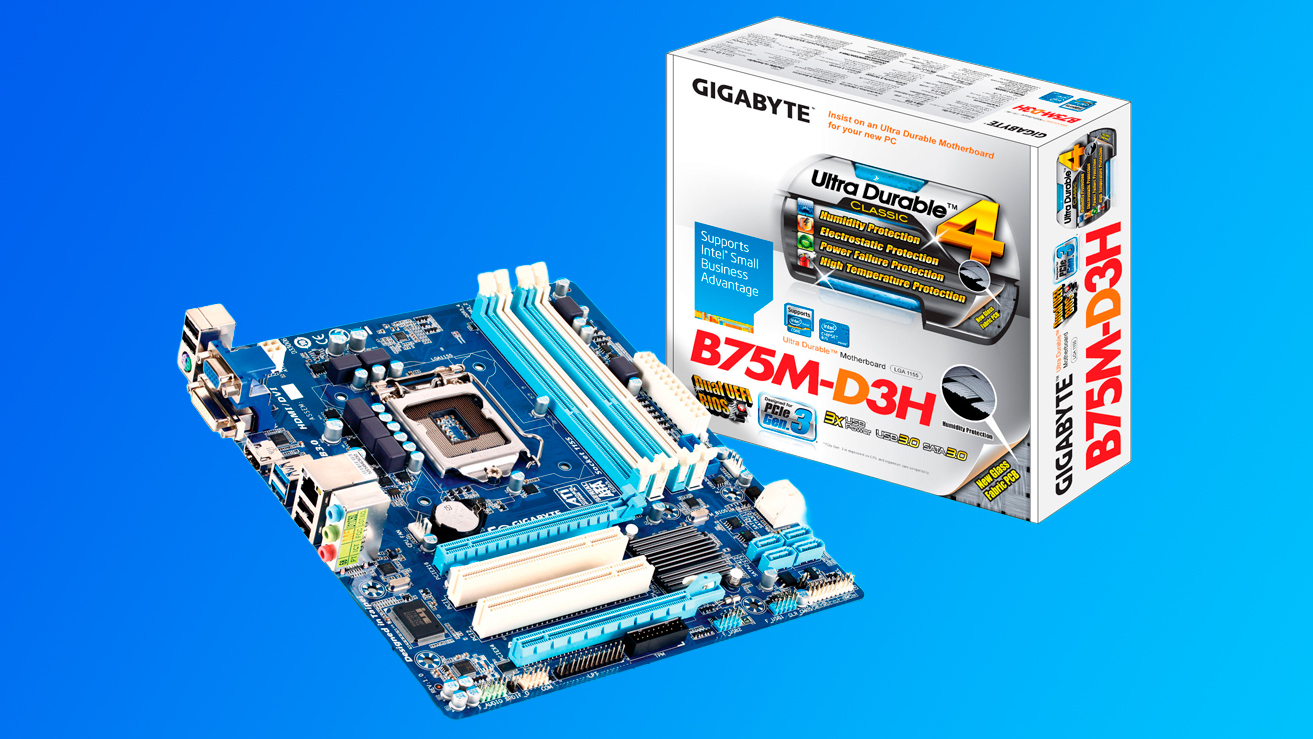Merliot Hub: Your Private AI-Powered Device Hub
Merliot Hub is an AI-integrated device hub allowing natural language control (via LLMs like Claude Desktop or Cursor) over your self-built devices using Raspberry Pis, Arduinos, and other components. Its distributed architecture ensures data privacy; no third-party access or data exploitation. A web app (no phone app needed), it's Docker-deployable and runs on free Koyeb cloud VMs. Build your own private smart home ecosystem!

